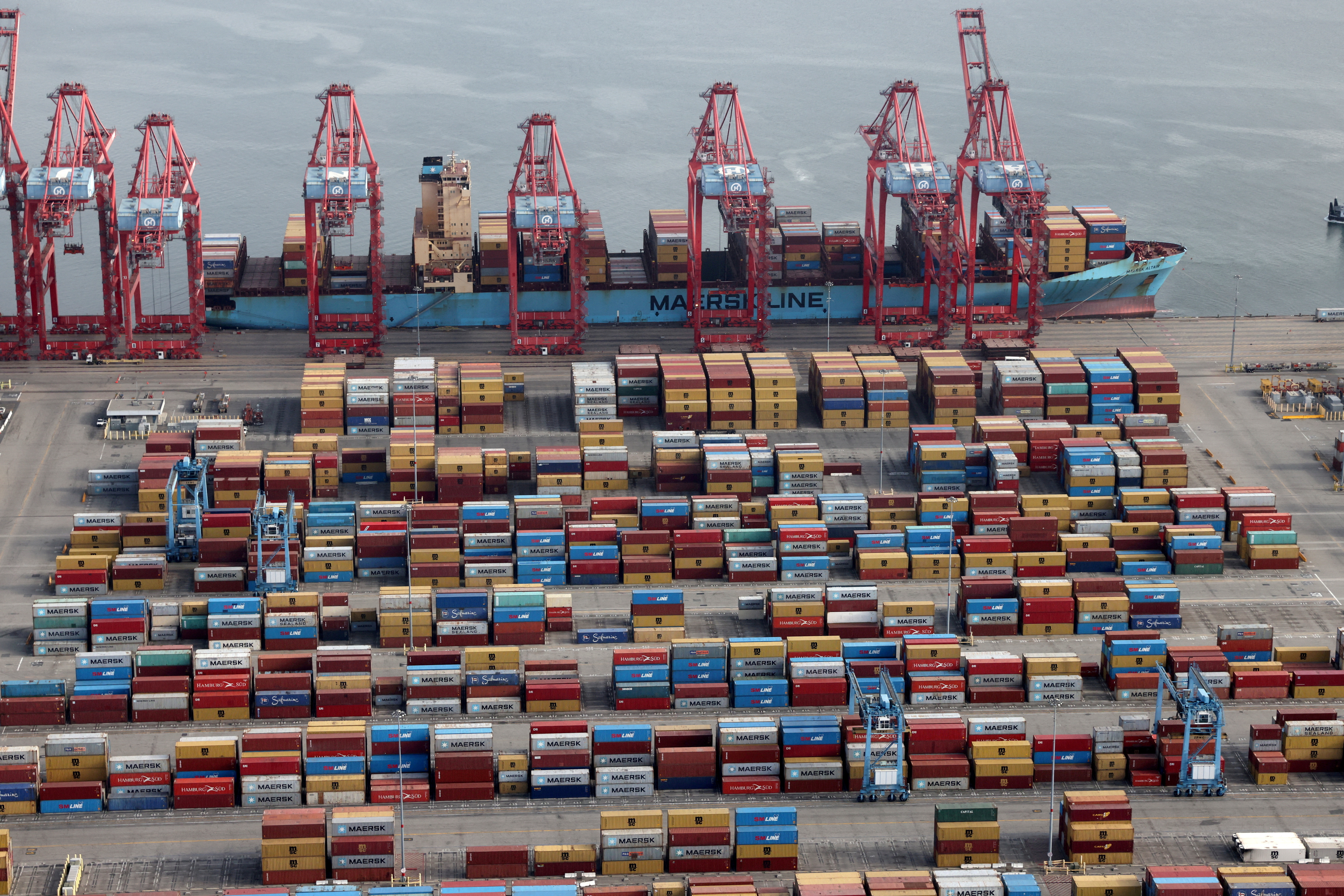
Container shipping under pressure globally due to high interest rates : S&P Global Commodity Insights
SINGAPORE : Container shipping, globally, will be “under pressure” because of high interest rates and inflationary pressures across developed economies; which in turn brings in “recessionary traits”, says Pradeep Rajan, Head – Asia Freight, S&P Global Commodity Insights.
While fast-moving consumer goods and white goods demand – which generally are pushed through container shipping – will have to bear the brunt, there are other factors that will come into play impacting the industry at large. For instance, the supply of ships continue to be a challenge, especially in the dry bulk cargo segment.
“Because of the Russian – Ukraine war, trade flow disruptions have happened; and even if the war ceases, normalcy will take time. Ships are now making longer voyages. This means, if a ship was moving from point A to point B 4 days earlier; now because of the route changes and trade disruptions, it is taking 10 days, and a circuitous route. So this means ships are held in the water for more days and this essentially cuts the supply of ships in the market,” he said.
Rajan says, fleet growth will be “almost non-existent” as compared to previous years. Trade data shows, nearly 50,000 ships carry 90 per cent of the global cargo.
Decarbonisation
Rajan points out that given the thrust on decarbonisation in the shipping market, ship-owners remain uncertain of the type of ships or engines that they need to go for.
Under the 2030 decarbonisation targets, the shipping industry will be cutting back carbon emissions to 40 per cent, keeping 2008 as the baseline; while by 2050 carbon emissions are to be brought down to 50 per cent.
For instance, it is said that Maersk emits about 1,000 million tons of CO2 annually, or 13 per cent of the greenhouse gas emissions from global transport. Maersk has ordered at least 13 new ocean-going ships using only carbon-neutral fuels, which will arrive between 2023 and 2025. It sets out to operate the vessels on carbon-neutral e-methanol or bio-fuels.
But it will be challenging because methanol production has to ramp up, Rajan said. Investments are expected to be in the range of $3.5 trillion for the global shipping industry, towards decarbonisation. And these will include investments towards the use of new fuels like methanol and ammonia.
“Decarbonisation will push up freight costs as investments will be high. Also, decarbonisation could lead to a two-tier ship hiring market where there will be higher rates for better-graded ships (with low carbon emissions) and a second-tier market with ships having low rating (relatively higher carbon emissions),” he explained.
India outlook
India per se has a small shipping fleet, but the impact will come in the form of its dependence on imported products (low ship availability) and the push for exports (high freight rates for ships taken on-hire).
“So if India has to push its exports, end-users have to hire ships that are more compliant towards decarbonisation norms. These won’t come cheap and freight rates will be substantially higher. So the fleet will be expensive,” Rajan explains.
According to him, this “will be a bit challenging” for India, but there is “also an opportunity”. Indian owners can scale up their fleet with ships that are more carbon emission norm complaint, and then get a premium once they rent out these ships.
Indian should encourage domestic investments into ship-building and scale up the capacities. At the moment, there are no vacant shipyards in China, Japan, or Korea. All the “existing docks have been used up to build LNG terminals and container ships”. So there are no slots to build tankers or dry bulk cargo vessels.
